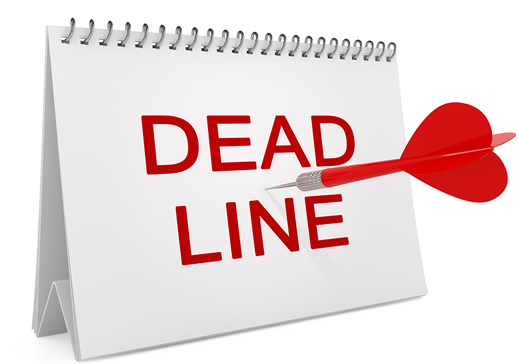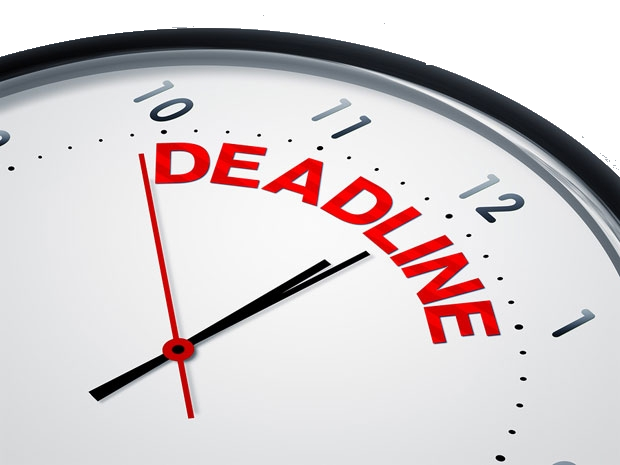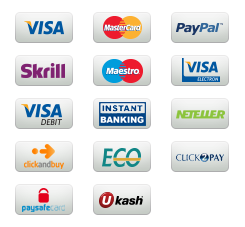A product life cycle
What is a product life cycle and how does the life cycle affect the market strategy of the product? Discuss the different ways prices are set for new products.
· Research a product or idea from a company such as Microsoft, Google, or Apple that failed during the steps of new product development. What step/stage did it fail? Why?
· What significance does packaging have on the consumer when comparing similar products? How are products marketed?
· Examine three products you use daily – this can be for work, school, etc. Evaluate the marketing strategy for each product including the product, price, promotion and distribution.
Sample Answer
Product life cycle
The product life cycle is the sequence of stages that a product goes through from its introduction to its decline. The four stages of the product life cycle are:
- Introduction: The product is new to the market and sales are low. The company is focused on creating awareness of the product and building a distribution network.
- Growth: Sales are increasing rapidly and the company is focused on expanding its market share.
- Maturity: Sales have reached their peak and the company is focused on maintaining its market share and defending itself from competitors.
- Decline: Sales are decreasing and the company is focused on reducing costs and maximizing profits before the product is discontinued.
How the product life cycle affects the market strategy
The product life cycle has a significant impact on the market strategy of the product. In the introduction stage, the company needs to focus on creating awareness and demand for the product. In the growth stage, the company needs to focus on expanding its market share and defending itself from competitors. In the maturity stage, the company needs to focus on maintaining its market share and maximizing profits. In the decline stage, the company needs to focus on reducing costs and maximizing profits before the product is discontinued.

 Our orders are delivered strictly on time without delay
Our orders are delivered strictly on time without delay  Our orders are delivered strictly on time without delay
Our orders are delivered strictly on time without delay 


